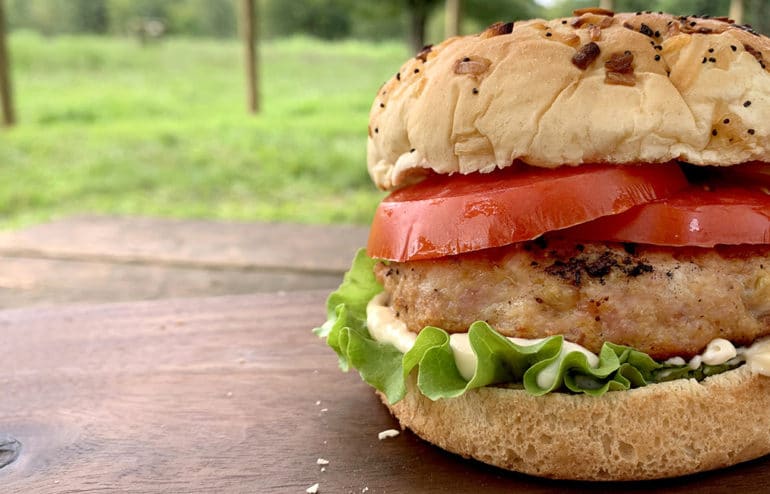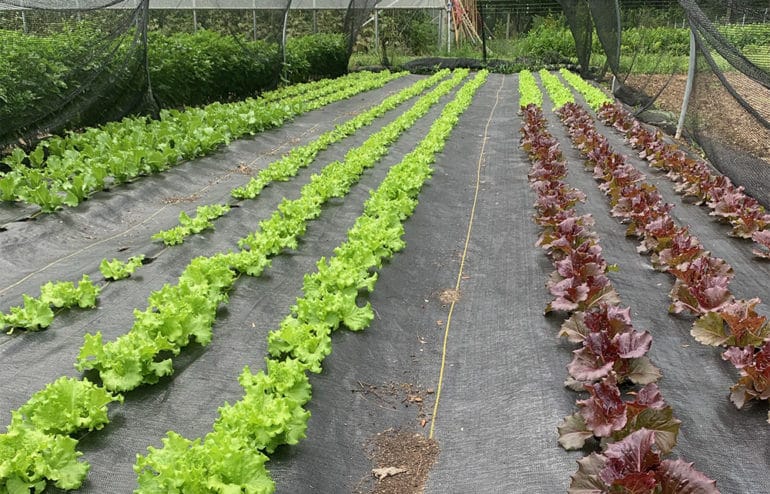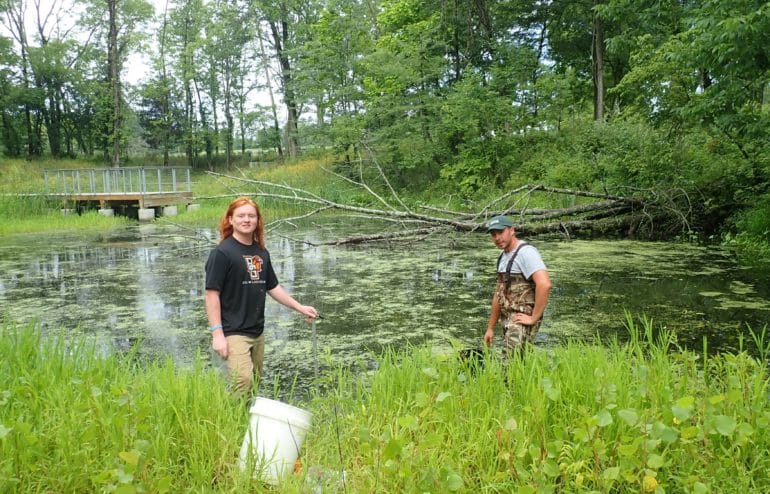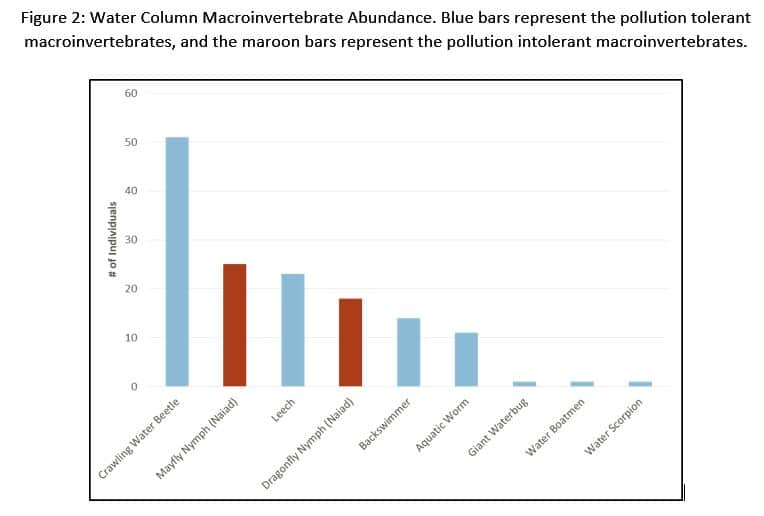
Grilled Turkey Burgers
Our pasture-raised ground turkey is the perfect start to a juicy, meaty burger. These instructions are for grilling, but burgers can also be cooked on the stovetop in a skillet, or baked in the oven. Top with our spicy microgreens for a bit of crunchy zip!
Ingredients
- 1 pound Ground Turkey
- 1/2 cup Unseasoned breadcrumbs
- 2 tsp Worcestershire sauce
- 2 cloves Garlic, minced
- 1/4 cup Sweet onion, minced
- 1 egg
- 1/2 tsp Salt
- 1/2 tsp Black pepper
Instructions
- Gently combine all ingredients in a large bowl.
- Divide mixture into your desired number of burgers (we like 4 burgers per pound of turkey) and gently form into patties. Shape them a little thinner and larger than you want your final burgers to be, they will shrink a little on the grill.
- Grill over medium heat until turkey is thoroughly cooked. Cooking times will vary based on your grill, but 5 minutes per side is a good starting point.
- Serve on toasted buns with microgreens, tomato, and your favorite condiments!







